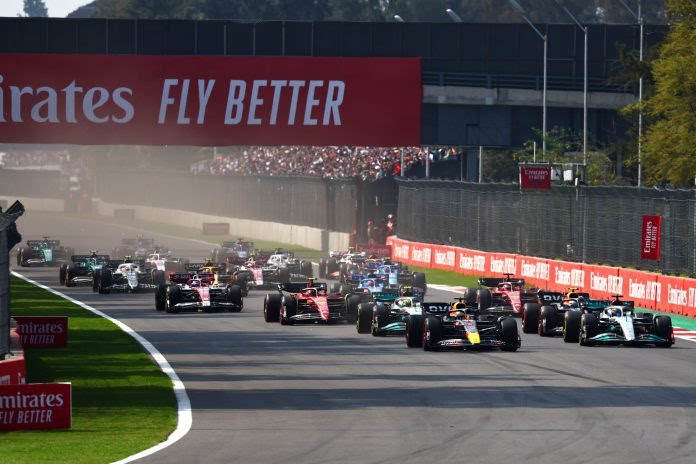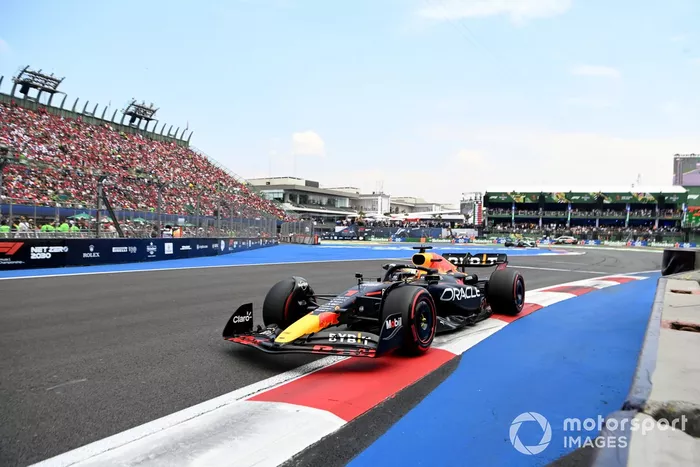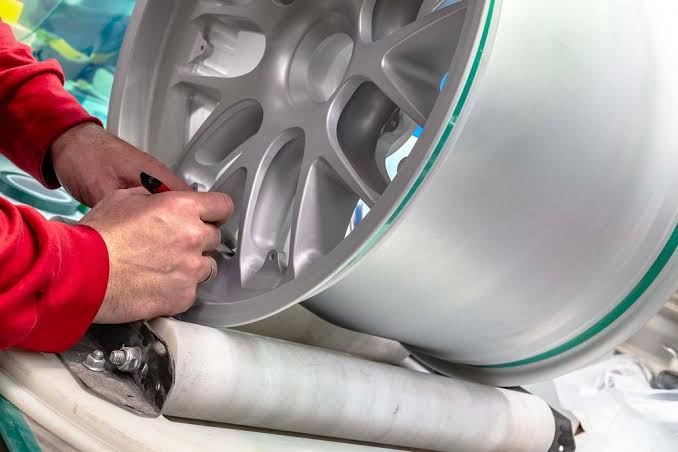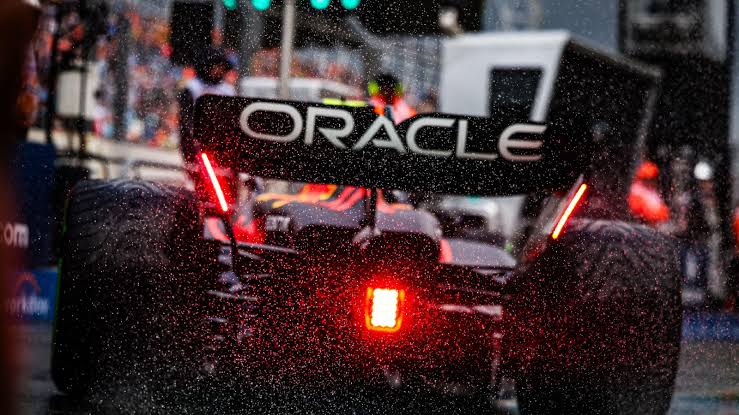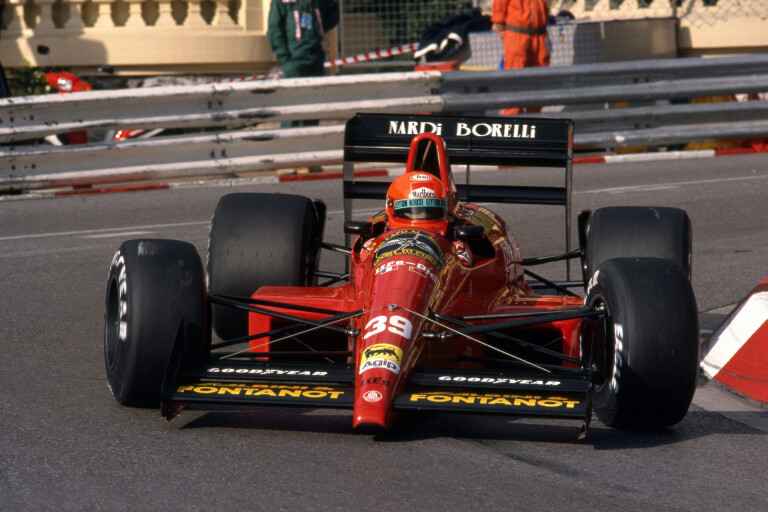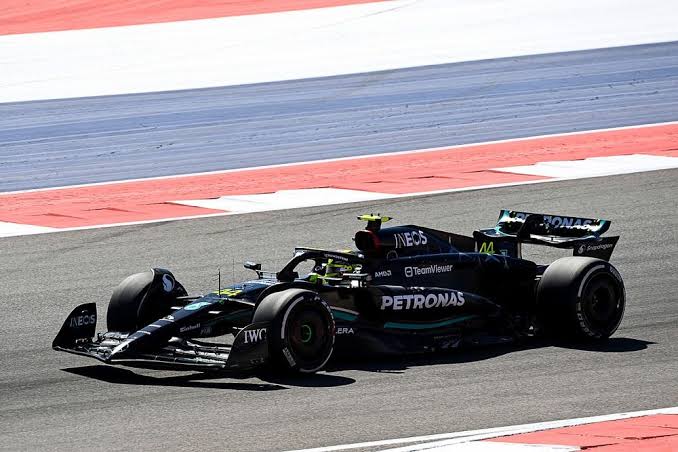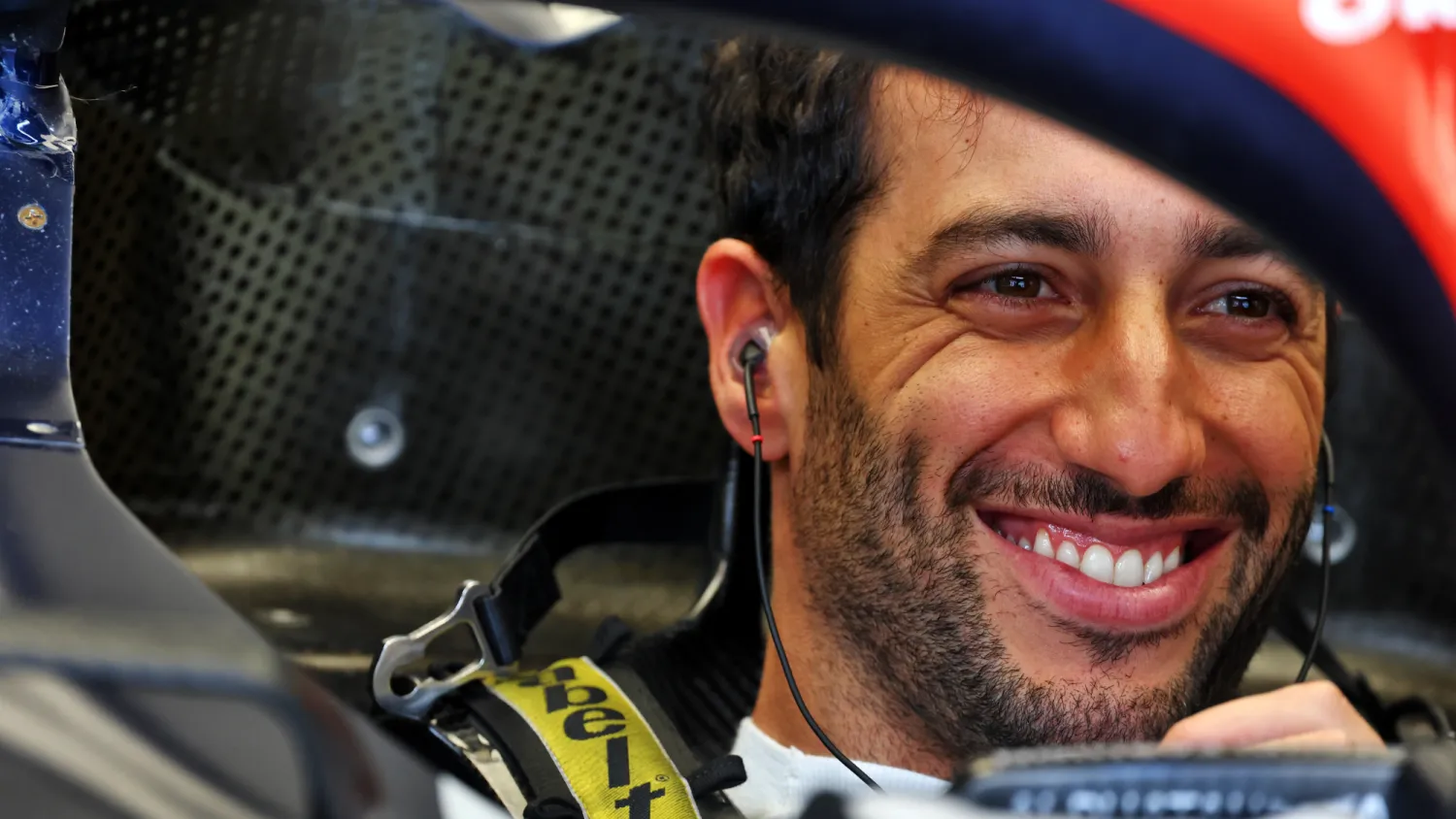F1 Brazilian GP 2023 Background, History And Prize Pool
The Formula 1 World Championship is synonymous with speed, precision, and rich history. As the motorsport circus gears up for the 2023 Brazilian Grand Prix, let’s take a deep dive into the background, history, and substantial prize pool that add extra excitement to this iconic race.
Interlagos: The Legendary Circuit
The Brazilian Grand Prix has a storied history that dates back to 1972. While the race wasn’t initially part of the Formula One World Championship, it quickly gained recognition as one of the most exciting events on the motorsport calendar. Since 1990, the Interlagos circuit in Sao Paulo has been the permanent home of this race, creating a sense of continuity that fans and drivers cherish.
The Autódromo José Carlos Pace, better known as Interlagos, is a track like no other. It stretches across 4.309 kilometers and is nestled in the heart of Sao Paulo, Brazil. Officially inaugurated on May 12, 1940, by Adhemar de Barros, the federal intervener of the São Paulo province, the track derives its name from the two large man-made lakes, Guarapiranga and Billings, that surround it. These lakes were built in the early 20th century to provide the city with water and electricity, and they lend the circuit its unique character.
What sets Interlagos apart is its undulating terrain, a feature rarely seen in Formula 1 tracks. The elevation changes create a challenging circuit that pushes cars to their limits, especially the engines. The counterclockwise direction of the track, with its numerous hard left turns, exerts centrifugal forces, adding a distinct challenge for drivers. Unlike most circuits where the forces push their necks to the left, at Interlagos, it’s to the right, demanding tremendous strength and focus.
The circuit also boasts one of the longest pit lanes in Formula 1. Originally, the pit lane entrance was challenging due to the high speeds and left-turning nature of the track. The cars’ trajectory could easily push them right past the pit entrance. Safety concerns prompted modifications to the pit lane entrance, enhancing the overall safety of the circuit.
Legacy of Iconic Moments
Throughout the years, Interlagos has been the stage for legendary moments in Formula 1. It’s seen records shattered, careers established, and dramatic racing battles that have become part of motorsport folklore.
In 1990, the Brazilian Grand Prix took on a new chapter when the circuit was updated. The first race on this modified track saw Alain Prost emerge as the winner. This victory marked Prost’s 40th career win, a record at the time, and his sixth Brazilian Grand Prix triumph. The legacy of great champions and unforgettable moments continues to grow at Interlagos.
The Prize Pool
The Brazilian Grand Prix is more than just a race; it’s a gateway to substantial rewards. Formula 1 offers one of the most attractive prize pools in the world of motorsport. This significant financial incentive adds an extra layer of excitement and motivation for teams and drivers.
The exact figures for the 2023 Brazilian Grand Prix’s prize pool may vary, but the overall prize distribution structure in Formula 1 remains consistent. The prize pool is typically substantial, with the lion’s share going to the constructor’s championship winner and the driver’s champion.
The championship-winning team receives the largest portion of the prize pool. This award recognizes not only the skill of the drivers but also the collective effort of the team, including engineers, strategists, and mechanics. The team’s performance throughout the season determines the amount of their prize.
For the driver’s championship, the champion and other top-performing drivers receive their share of the prize pool. While the overall championship winner claims the most significant individual prize, drivers who finish lower in the standings still earn considerable sums. The distribution structure is designed to reward both exceptional individual performances and consistency throughout the season.
Moreover, there are rewards for drivers who achieve specific milestones, such as pole positions and race wins. These additional prizes are often a testament to a driver’s exceptional skills and ability to outperform their rivals.
In addition to the team and driver rewards, there are also performance-based incentives for teams and drivers who exhibit exceptional growth and improvement. These bonuses aim to foster competitiveness and drive all participants to strive for excellence.
The Brazilian Grand Prix, as one of the last races of the season, carries a unique significance in the prize pool distribution. It can be a turning point in the championship battle, which means the financial rewards at stake are substantial.
In the end, the prize pool serves as a testament to the prestige and global appeal of Formula 1. It’s a sport that not only captures the hearts of millions but also rewards the dedication, talent, and hard work of its participants.
Conclusion
The Brazilian Grand Prix is a showcase of Formula 1’s rich history and legacy. With its undulating circuit, iconic moments, and substantial prize pool, this race is an essential part of the motorsport calendar. As the world watches the 2023 edition of the Brazilian Grand Prix unfold, it’s not just about the thrill of racing; it’s a celebration of a sport that has left an indelible mark on the world stage. And with the substantial prize pool, there’s much more than glory and prestige at stake in Sao Paulo.
